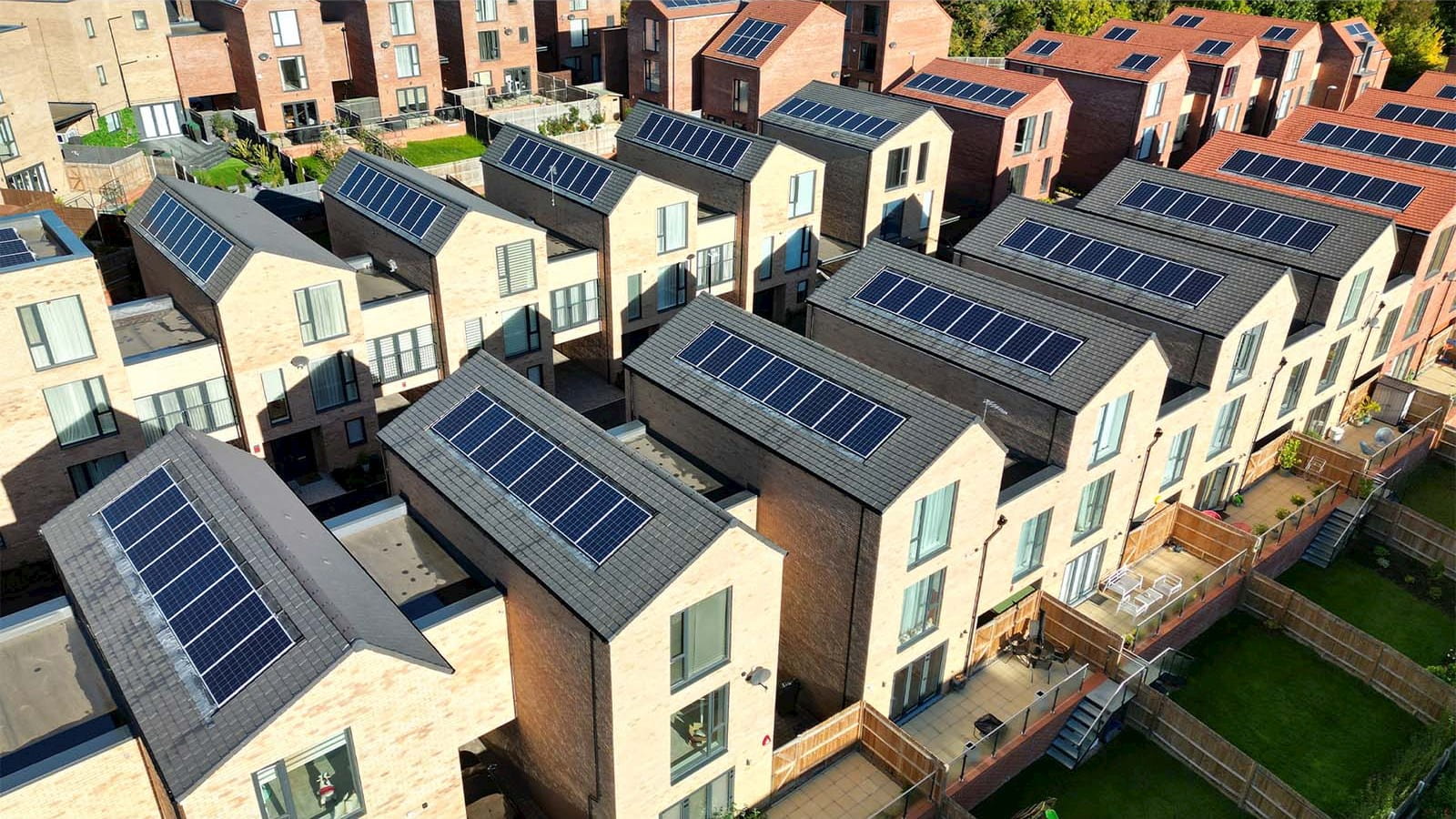In the second of a two-part series on how to deploy taxation to help the UK reach net zero, Ed Saltmarsh, ICAEW’s Technical Manager, VAT and Customs, takes a look at housing and carbon emissions.
In the previous article, we looked at how transport and energy taxation and incentives could be used to move the UK towards net-zero emissions. To conclude the series, we will look at housing and carbon emissions.
Homes
Residential buildings currently contribute more than 15% of the UK’s total carbon emissions, so improving their energy efficiency is crucial for achieving net zero.
One potential measure to reduce emissions from the creation of homes could be to align VAT rates on new builds and renovations. While the construction and sale of new homes benefit from a zero rate of VAT, renovations and repairs can be subject to VAT at the standard rate (20%), even though the renovation of an existing building is, generally, significantly more carbon efficient than building a new home. It should be noted that there is already a reduced rate for renovation in some circumstances and the installation of energy-saving materials is currently subject to a zero rate, though certain conditions apply.
Stamp duty land tax (SDLT) could also be reformed to encourage improvements in housing’s energy performance. A variable SDLT rate based on a property’s energy efficiency could encourage homeowners to purchase more energy-efficient homes and, in turn, encourage sellers to improve the energy efficiency before sale. Additionally, or alternatively, an SDLT rebate could be introduced for homeowners who improve the energy efficiency of their new home within a year of purchase. The problem, however, is that stamp taxes on housing are devolved. Land and building transaction tax applies in Scotland and land transaction tax in Wales. This makes UK-wide reform challenging.
Finally, an idea suggested in the Independent Review of Net Zero is to introduce a zero rate of VAT for repairs of domestic appliances to extend product lifespans, reducing waste and the associated carbon footprint of manufacturing new appliances. This idea is one to watch, particularly with the increasing interest in the circular economy.
Carbon emissions
The UK Emissions Trading Scheme (UK ETS) is central to the UK’s efforts to reduce greenhouse gas emissions in the most polluting sectors, but it only covers between 25% and 45% of UK emissions. To further reduce emissions, the UK could adopt a comprehensive carbon pricing mechanism, similar to Sweden’s, which complements the EU ETS with a national carbon tax. Sweden’s model covers around 80% of its emissions.
Incorporating a comprehensive carbon price in the UK would expand emissions coverage, potentially replacing various environmental taxes such as APD and fuel duty. This could simplify the tax system and more efficiently encourage emissions reductions. The revenue generated could further support green initiatives, or aid those most affected by the net zero transition.
One step the UK has already taken here is to announce the introduction of a Carbon Border Adjustment Mechanism (CBAM). From 2027, certain goods imported into the UK from countries with a lower carbon price than the UK will be subject to a levy. This should reduce the number of businesses offshoring carbon-intensive activities to countries with less stringent emissions standards than the UK. It follows the EU CBAM, which is due to take full effect in 2026.
A clear strategy
The government needs to be clear about how the tax rules apply to new forms of investment and/or income streams. For example, clarity is needed on how the tax rules apply to emerging financial instruments, such as woodland carbon units and pending issuance units. In the agricultural sector, we need to know whether changes in land use to protect and enhance the natural environment affect eligibility for tax reliefs, such as agricultural property relief.
Ultimately, the government’s plans for tax as part of its net-zero strategy needs to be outlined clearly and comprehensively, with a timeline for implementation and transition. This would help with business certainty and would set a precedent to follow. While that has been promised, it has not yet been delivered.

